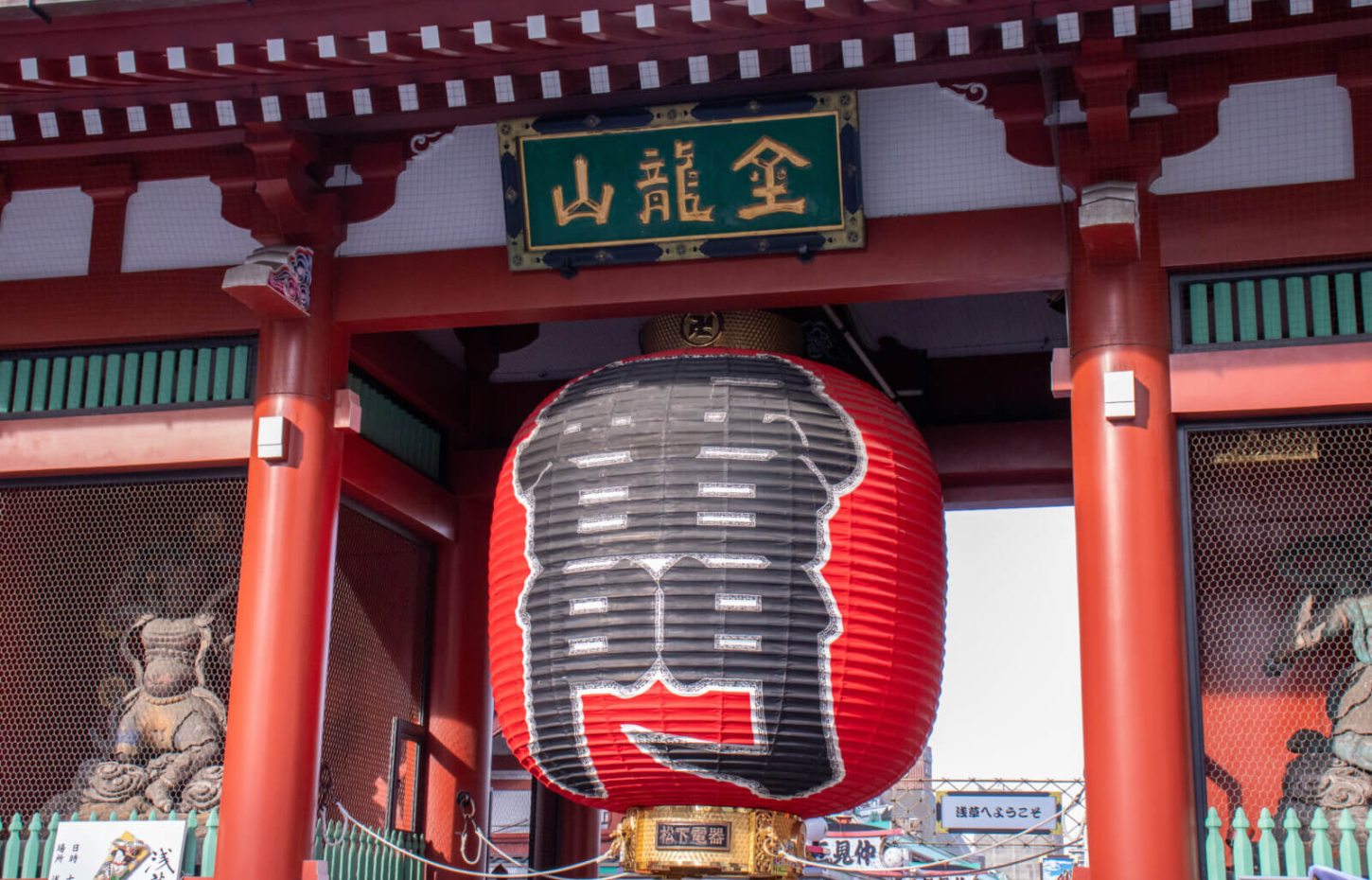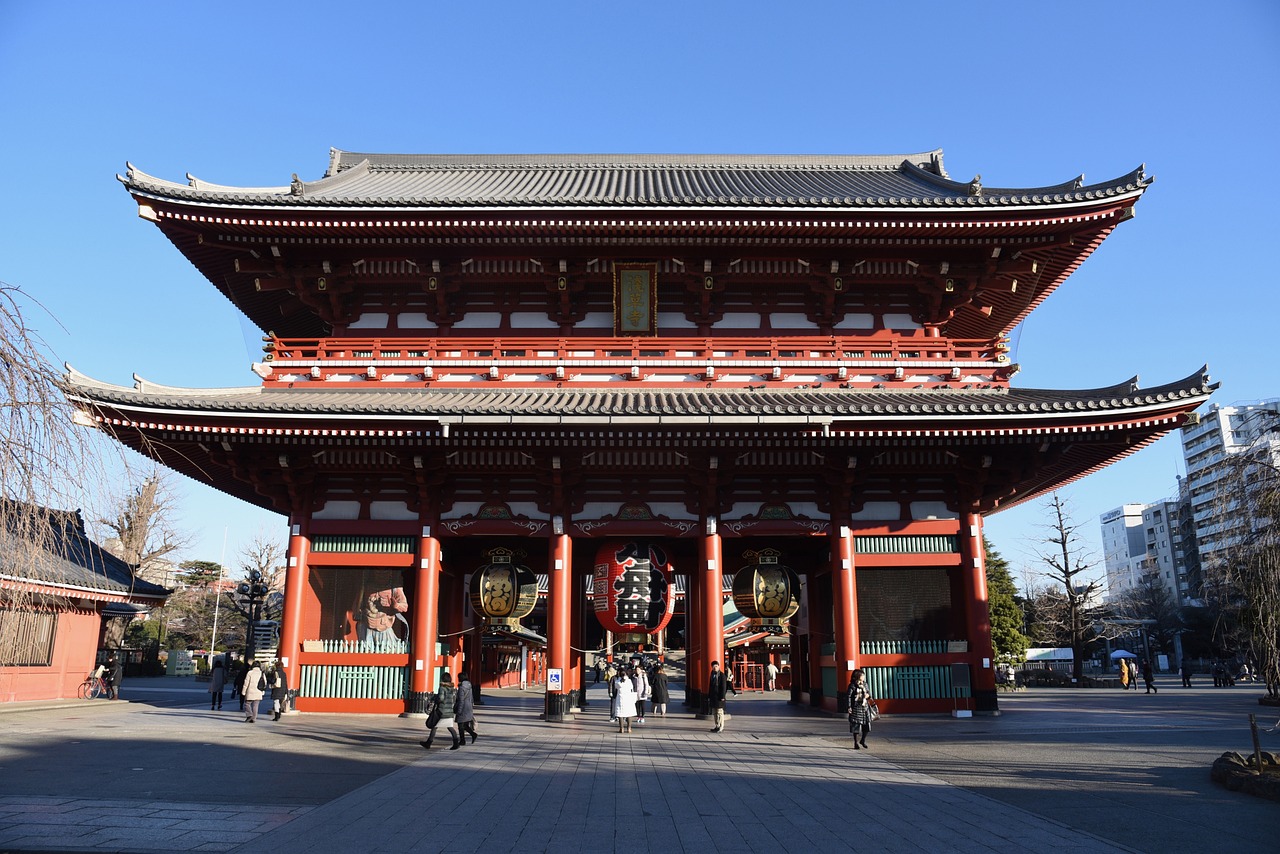
What Is the Origin of Asakusa’s Place Name? 【Thorough Explanation】Three Prominent Theories and Unfamiliar History

The origin of the name ‘Asakusa’ is not fixed and there are various theories. In this article, we will thoroughly explain three prominent theories: the terrain-based theory, the Ainu language theory, and the Tibetan language theory. We will delve into the evidence supporting each theory, the deep connection with the founding of Senso-ji Temple, which is the symbol of Asakusa, and the historical background until the kanji characters for ‘Asakusa’ became established. By understanding the origin of the place name, you can deepen your understanding of Asakusa’s culture and history.
1. Is the Origin of Asakusa’s Place Name Not Just One? Introducing Three Prominent Theories
The place name ‘Asakusa’ is something everyone has heard at least once. However, when asked about its origin, few can answer definitively. In fact, the origin of the name ‘Asakusa’ is not fixed, and there are several theories about its beginnings. Here, we will unravel three particularly prominent theories.
【Prominent Theory 1】Terrain-Based Theory: ‘Grass is Shallow’
The most widely known theory is that the name was given based on the landscape, specifically the terrain. This theory is further divided into two interpretations.
〇 Because it was at the edge of Musashino Plateau and the grass was sparse
This theory focuses on the fact that the area was located at the eastern edge of the vast Musashino Plateau. Because it was at the end of the plateau, the soil was not fertile, and the growth of plants was sparse, making it look like the grass was shallow. This is said to be the reason it was called ‘Asakusa.’
〇 Because the grass height along the Sumida River was low
Another theory attributes the name to the geographical feature along the Sumida River. Historically, the area around Asakusa was a wetland, and the short (shallow) grass growing there is believed to have given the area its name. The official view of Taito Ward also introduces this theory, stating that the short grass growing in wetlands is a plausible explanation. (Reference: Taito City Website “Origin of the Name Asakusa”)
【Prominent Theory 2】Ainu Language Origin: ‘Atsuaks’a’
From a completely different perspective, there is a theory that the name originates from the Ainu language. There are traces that the Ainu people once lived in the Kanto region, and it is believed that the place name may have been derived from their language.
〇 What does ‘Atsuaks’a’ mean?
This theory suggests that the name ‘Atsuaks’a’ in Ainu language evolved into ‘Asakusa.’ There are several interpretations of ‘Atsuaks’a.’
| Originating Ainu Word | Meaning in Japanese |
|---|---|
| アツ・アク・サ | A place across the sea |
| アッ・サム | A place where the elm (ニレ) trees grow in clusters |
〇 Why is the Ainu language considered the origin of the name ‘Asakusa’?
This theory was proposed by the late linguist Mr. Hideo Yamada. It is believed that there are place names in the Kanto region that derive from the Ainu language, and Asakusa is one of them. Considering its historical role as a transportation hub crossing the Sumida River, the interpretation of ‘a place across the sea’ is particularly intriguing.
1.3 【Prominent Theory 3】Tibetan Language Origin: ‘Asha Kusha’
Finally, we introduce a theory with an exotic touch, deeply connected to Buddhism. This theory suggests that the name is derived from the principal deity of Senso-ji Temple, Kannon Bosatsu.
〇 A word meaning a sacred place
This theory states that the Tibetan word ‘Asha Kusha’, meaning ‘a sacred dwelling’ or ‘the sacred land of Kannon,’ gradually changed into ‘Asakusa’ over time.
〇 Connection to Buddhism and Senso-ji Temple
Considering Asakusa’s development as a center of Kannon worship, this theory is also convincing. The history of Asakusa is inseparable from that of Senso-ji Temple, and the idea that the place name itself was born from deep faith in Kannon is a romantic notion.
2. The Transition and History of the Kanji for ‘Asakusa’
The current kanji characters for ‘Asakusa’ are used naturally, but their establishment involved several changes. Here, we will trace how the phonetic sound ‘asakusa’ was recorded as characters and how it evolved into the present form.
2.1 Was it not always ‘Asakusa’? The history of the notation ‘asakusa’
Many place names initially have a ‘sound’ component, and later, characters that match the meaning or sound are assigned. ‘Asakusa’ is believed to be one such case. Throughout history, various kanji have been used to write ‘asakusa.’
The first recorded use of the kanji ‘浅草’ in literature appears in the official historical record of the Kamakura shogunate, the “Gomazō”. In the entry for the third year of Kenkyū (1192), there is a mention of ‘Asakusa Temple,’ which is considered the earliest record.
However, before or around that time, other spellings existed. The main variations are summarized below.
| Era | Example of Notation | Remarks |
|---|---|---|
| Ancient (Unknown) | 麻草 | Believed to derive from the abundance of hemp (麻) in the area. |
| Kamakura Period | 浅草 | First appeared in “Gomazō.” Same as current, but not yet common. |
| Muromachi to Sengoku Period | 浅草・浅草賀・阿草 | Various spellings coexisted during this time. |
As shown, the sound ‘asakusa’ was represented by various kanji depending on the era.
2.2 When did the name ‘Asakusa’ become established?
The appearance of ‘Asakusa’ in the “Gomazō” and its widespread adoption as the standard notation occurred during the Edo period.
A major factor was the development of Edo under Tokugawa Ieyasu. When the Edo shogunate was established, Senso-ji Temple was designated as a prayer site for the shogunate, and the surrounding town grew significantly. As urban development progressed, the shogunate officially used the name ‘Asakusa,’ which led to its standardization and widespread recognition among the people.
In other words, the establishment of the Edo shogunate and the development of Senso-ji Temple led to the complete fixation of the kanji ‘Asakusa’ during the Edo period. This history is also documented in the official information of Taito Ward. For more details, please refer to Taito Ward Official Website “Origin of Asakusa (Asakusa)”.











No comments yet.